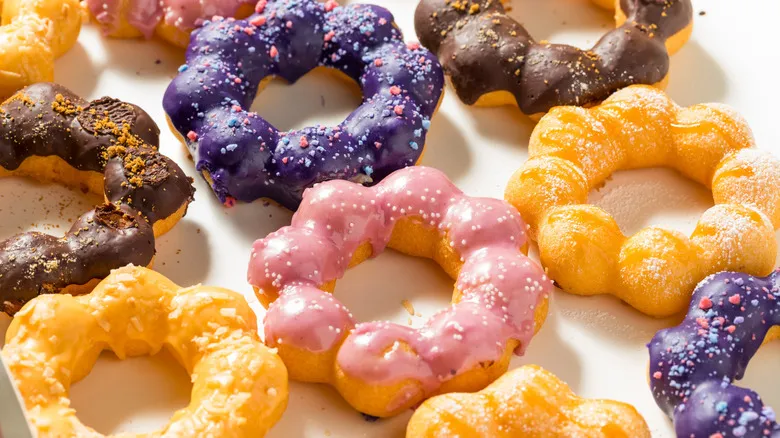The process of making mochi donuts
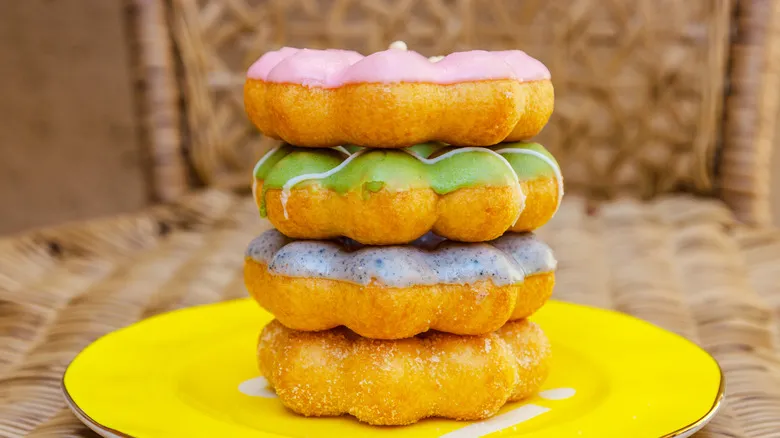
The method of making mochi donuts significantly affects their texture. Initially, half of the ingredients—such as milk, sugar, butter, and water—are combined in a pot and heated. Next, the essential components, including glutinous rice flour and tapioca starch, are added. Tapioca starch is commonly used in gluten-free baking as a binding agent. The crumbly dough is mixed and frequently spread in the pan, which helps develop a stretchy texture within minutes. When glutinous rice flour is heated, the starches start to gelatinize, resulting in a chewy consistency.
Unlike traditional yeast-based donuts, this dough does not contain yeast, so there’s no need for the mixture to rise. The heating process is specific to mochi donuts and is not part of making yeast or cake donuts.
After cooking on the stovetop, the hot dough is transferred directly to a stand mixer, where it is pulled and stretched for a few more minutes. It's worth noting that not all mochi donut recipes require stovetop heating; some can be mixed by hand or with a stand mixer. Once shaped, mochi donuts are fried in oil, similar to the fresh donuts you would find at Krispy Kreme. The end result is a wonderfully light and crispy exterior paired with a pleasantly bouncy, chewy interior. These donuts are best enjoyed with a Japanese-inspired glaze, such as ube or matcha-flavored icing.
Recommended
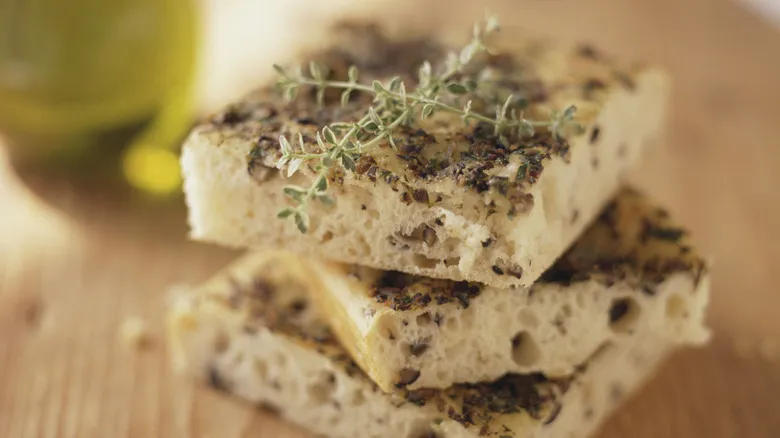
The Best And Worst Flours For Focaccia According To An Expert
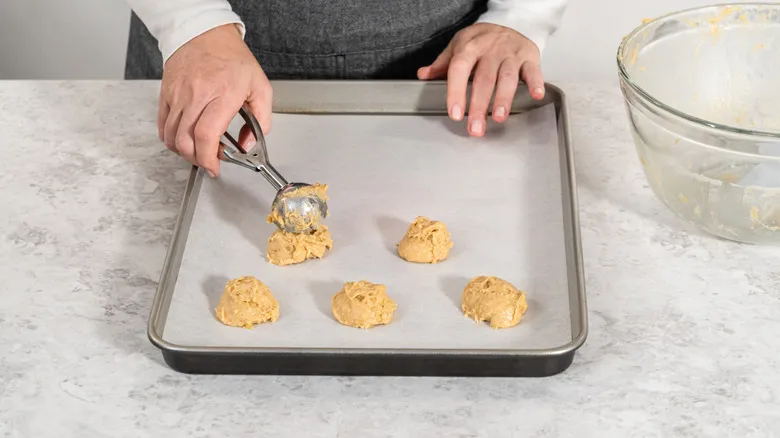
When To Use Parchment Paper When Baking Cookies
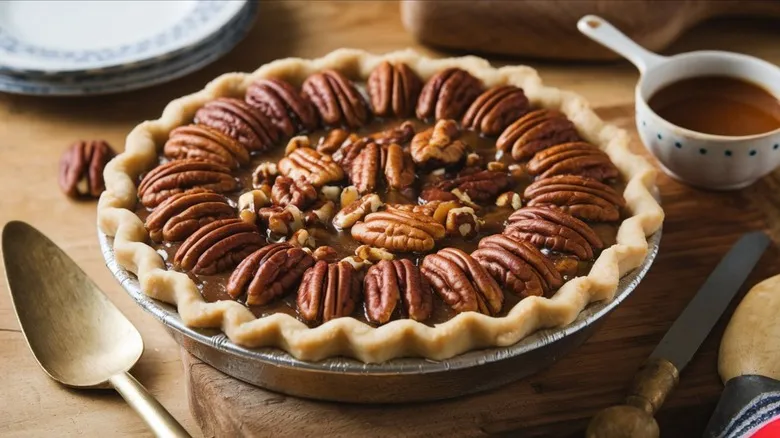
Make Your Pie Instagram-Worthy With This 2-Step Crimping Hack
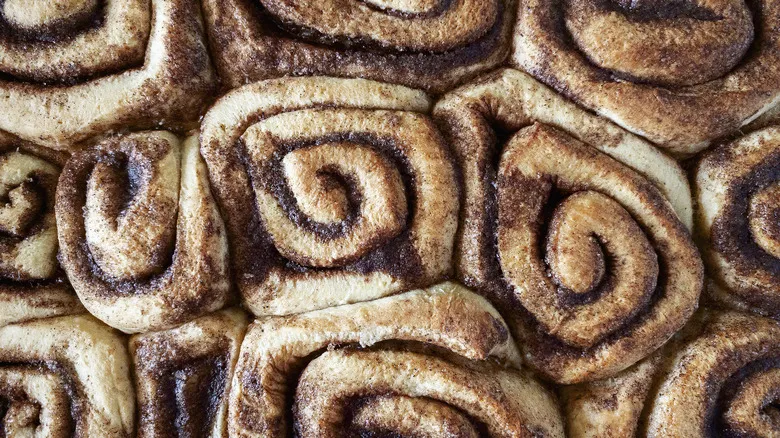
The Trader Joe's Hack That Gives You Easy Cinnamon Rolls
Next up

